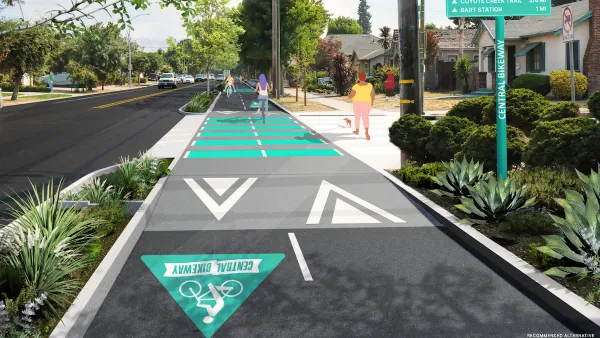The concept of a "just transition" extends beyond workers to encompass broader social and environmental dimensions, including the restoration and regeneration of land and communities affected by oil extraction activities.

The concept of a “just transition,” which focuses on shifting from fossil fuels to renewable energy while ensuring equity and inclusion, is exemplified by the transformation of oil fields into parks. This initiative addresses environmental degradation caused by oil extraction by restoring and regenerating the land. Efforts such as soil remediation, reforestation, and the creation of green spaces help mitigate environmental damage, support biodiversity, and contribute to carbon sequestration, playing a crucial role in combating climate change.
Economically, converting oil fields into parks creates new job opportunities in environmental remediation, landscaping, construction, and park management. This transition allows former oil industry workers to be retrained and redeployed, ensuring they are not left behind in the move to a green economy. Additionally, the new parks can boost local economies and attract tourism, providing sustainable revenue streams for communities.
From a social perspective, turning oil fields into parks significantly enhances community health and well-being. These green spaces reduce pollution, improve air and water quality, and offer areas for recreation and relaxation, fostering a sense of community. The initiative also addresses social equity by providing marginalized communities, often disproportionately affected by environmental burdens and hazards, with access to much needed green spaces. Moreover, it includes cultural preservation efforts, particularly for Indigenous communities, by incorporating spaces for cultural practices and education, strengthening cultural identity and pride.
FULL STORY: Transforming Oil Fields into Parks: A Cornerstone of Just Transition

Planetizen Federal Action Tracker
A weekly monitor of how Trump’s orders and actions are impacting planners and planning in America.

Silicon Valley ‘Bike Superhighway’ Awarded $14M State Grant
A Caltrans grant brings the 10-mile Central Bikeway project connecting Santa Clara and East San Jose closer to fruition.

Amtrak Cutting Jobs, Funding to High-Speed Rail
The agency plans to cut 10 percent of its workforce and has confirmed it will not fund new high-speed rail projects.

How a Truck Tax Could Save the Highway Trust Fund
The freight trucking industry is a prime candidate for a mileage tax that would boost road maintenance revenue.

Metro Data: LA Transit Ridership Fell Due to Immigration Raids
Metro ridership data reveal how the ICE raids sweeping Los Angeles are disrupting daily life and impacting how people move around the city.

Portland Transit Agency Announces Planned Service Cuts
TriMet says the state legislature’s failure to pass a bill that would have funded transit means it will have to make significant service cuts over the next several years.
Urban Design for Planners 1: Software Tools
This six-course series explores essential urban design concepts using open source software and equips planners with the tools they need to participate fully in the urban design process.
Planning for Universal Design
Learn the tools for implementing Universal Design in planning regulations.
Yukon Government
Caltrans
New Jersey Institute of Technology
Mpact (founded as Rail~Volution)
City of Camden Redevelopment Agency
City of Norman, Oklahoma
City of Portland
City of Laramie





























